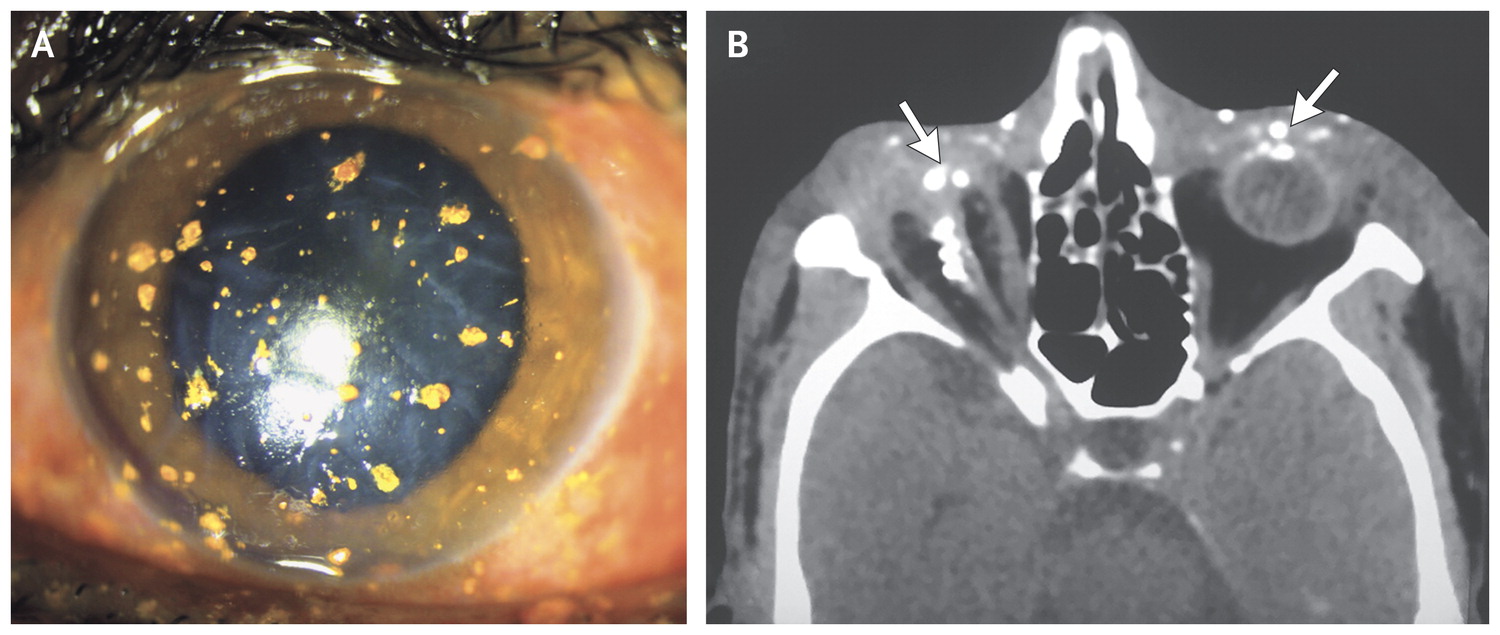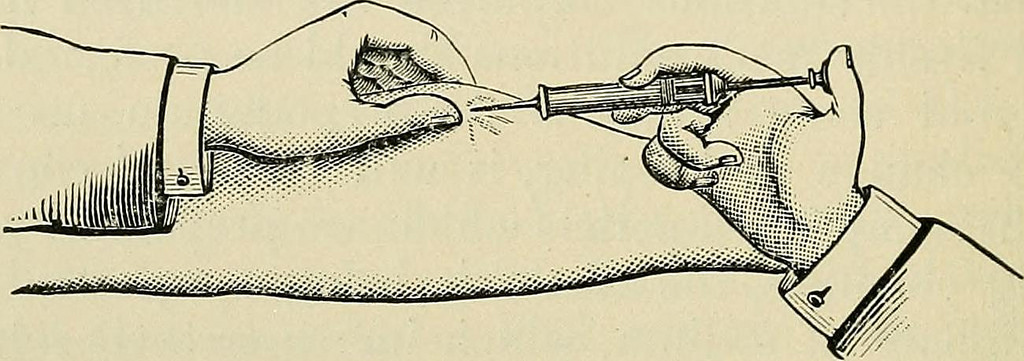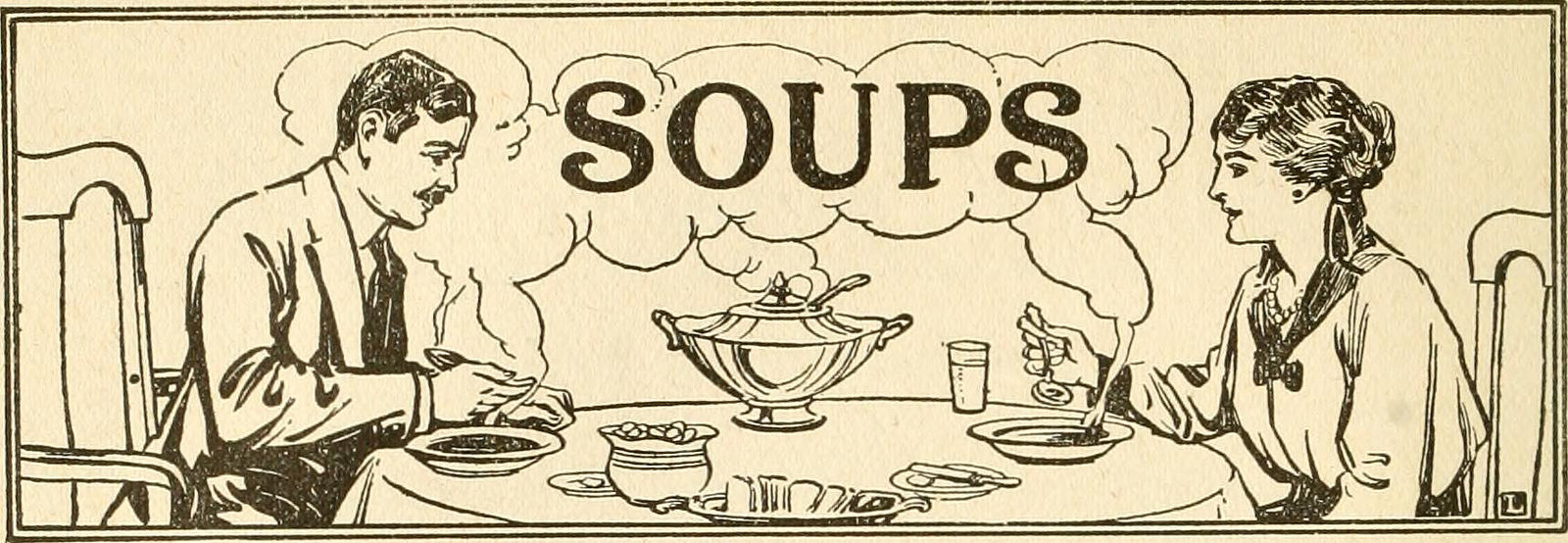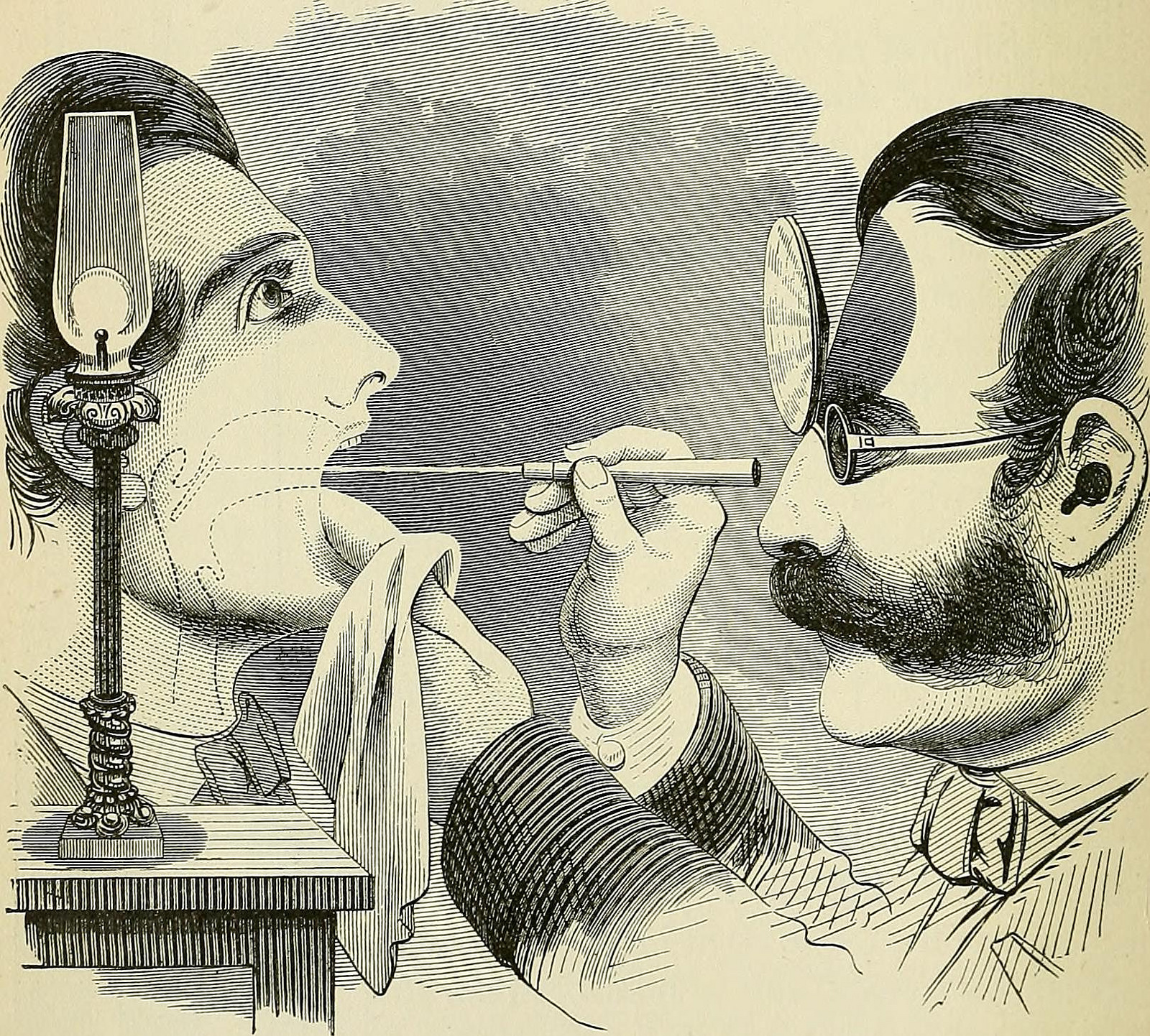It’s that time of year again — the time where humans decide to blow things up in order to celebrate the birth of a new year. But it just so happens that humans and explosions don’t get along so well — and they never have.
Images: Internet Archive Book Images/Flickr
Thankfully, when humans don’t manage to kill themselves blowing things up, there are doctors who professionally report their curious injuries in scientific journals. So we scraped through the New England Journal of Medicine to find some especially nice examples to get you through the celebrations.
Enjoy your explosions!
Amputations

Images: Internet Archive Book Images/Flickr
Let’s start with the usual stuff: Amputations. One set of NEJM cases compiled by doctor George Aiken in Michigan in 1961 reports plenty of instances of children losing limbs from explosions, including firecrackers.
Honestly, it seems that the US can’t go an Independence Day without someone losing a part, like professional football player Jason Pierre-Paul who lost some fingers.
But as medicine improves, there’s more often something we can actually do about it. In 2000, doctors described a one-year follow-up after a man received a hand transplant — he’d lost the hand 13 years before in a fireworks accident. That transplant was a success: As the doctors behind the case study wrote, “He assessed his level of function with the graft as superior to that with the prosthesis he used before transplantation.”
Eye injury

Images: Internet Archive Book Images/Flickr
The New England Journal of Medicine has been reporting cases of firework-induced eye injuries forever. An issue from 1929 reports a six-year-old who put a firecracker at the end of a 90cm stick, lit it… and it blew up into his eye. More recently, a 44-year-old man in India came to the emergency department with decreased, 20/80-vision in his left eye and no vision in his right eye, after a firecracker blew up in his face.
After removing the debris and treating the man’s eye with antibiotics and eyedrops, his vision eventually improved to 20/40 in his left eye. He remains blind in his right eye, which eventually shrivelled up.
Here’s the debris in his left eye:

Image: Parul C. Gupta, NEJM (2017)
The NEJM recommends wearing “the appropriate eyewear” when using firecrackers.
Acute phosphorus poisoning

Images: Internet Archive Book Images/Flickr
Long ago, yellow phosphorous served as match tips. You can still find it in fireworks and rat poison. But one 1945 New England Journal of Medicine article reported cases of children dying of acute phosphorous poisoning from eating fireworks.
The US Centres for Disease Control and Prevention gives the following symptoms for phosphorus ingestion:
Feeling of warmth or burning pain in the throat and abdomen accompanied by feelings of intense thirst; nausea, vomiting (emesis), diarrhoea, and severe abdominal pain; garlic odor to the breath, vomitus, and faeces; vomitus and faeces may glow (luminesce) and are capable of causing burns on contact with skin; death may occur within 24 to 48 hours due to complete cardiovascular collapse.
So if your child’s poop smells like garlic and glows, they may have eaten a firework. There’s no antidote to phosphorous poisoning — the CDC recommends hooking the patient up to an IV and treating the symptoms. But if the child survives the early symptoms, there’s a quiet period which can be followed by even worse gastrointestinal symptoms, headache and weakness, liver jaundice, and dark coloured urine, followed by death.
Don’t eat fireworks.
Tetanus

Images: Internet Archive Book Images/Flickr
4 July 1899 saw not one, not two, but six cases of death-by-tetanus in Boston and New York from an afternoon of fireworks shooting followed by toy pistol play, the NEJM reported. As the editors wrote, this “calls attention anew to the barbarous character of the American method of displaying patriotism on that day”.
Jeez.
The editor continues with some seriously incredible condescension:
Fireworks have to be exploded in the middle of the dusty road, or in a vacant lot with a dirt surface, in order to avoid littering lawns or setting fire to houses, and the result is that the irresponsible small boy, turned loose with his fellows to spend the day in grand carnival of dirt, gunpowder, racket and patriotism. By the time he has gotten his hands into a condition of grime superlative even for the small boy, he bethinks himself of the toy pistol which his father as provided him with to cap the climax of the celebration, and in his haste and excitement, handling it with his finger on the trigger and his left palm over the nozzle, fires the blank charge of wadding into the bacillus-laden dirt which smears his palm…
Such is enough to infect the children with tetanus and its signature jaw stiffening. The boys’ backs stiffen and ache and they die within a few hours, the 19th-century treatment — cleaning the wounds thoroughly — proving futile.
These days, tetanus treatment still consists of proper wound care, sedatives and symptom management, though there’s no cure according to the Mayo Clinic. Best to stay up to date with your vaccines.
Foreign body impacted in the larynx

Images: Internet Archive Book Images/Flickr
Simply talking about fireworks was enough to send a patient to the doctor back in 1892, according to NEJM:
On the evening of October 10, 1892, J. R., an American, aged twenty-seven years, of alight physique and nervous temperament, sat at dinner, and while hurriedly swallowing his soup and at the same time eagerly discussing with his wife the best situation for viewing the Columbian fireworks, he drew into his larynx a piece of bone, which unhappily had been served him in his soup. The soup was made from a large beef bone, and contained chips of its caucellous structure.
The patient called his doctor, who checked the larynx and couldn’t find the bone. But the larynx pain got worse and worse, so another doctor checked him out and realised a bit of bone was still lodged in there.
That doctor, New York surgeon F.E. Hopkins, numbed the patient with cocaine and tried to dislodge the bone with a hook. But even slight irritation would cause the larynx to spasm. Finally loosening the bone with a hard push, the surgeon had the patient cough and “had the satisfaction” of hearing the bone strike a spittoon.
Anyway, enjoy the holiday!

Images: Internet Archive Book Images/Flickr
